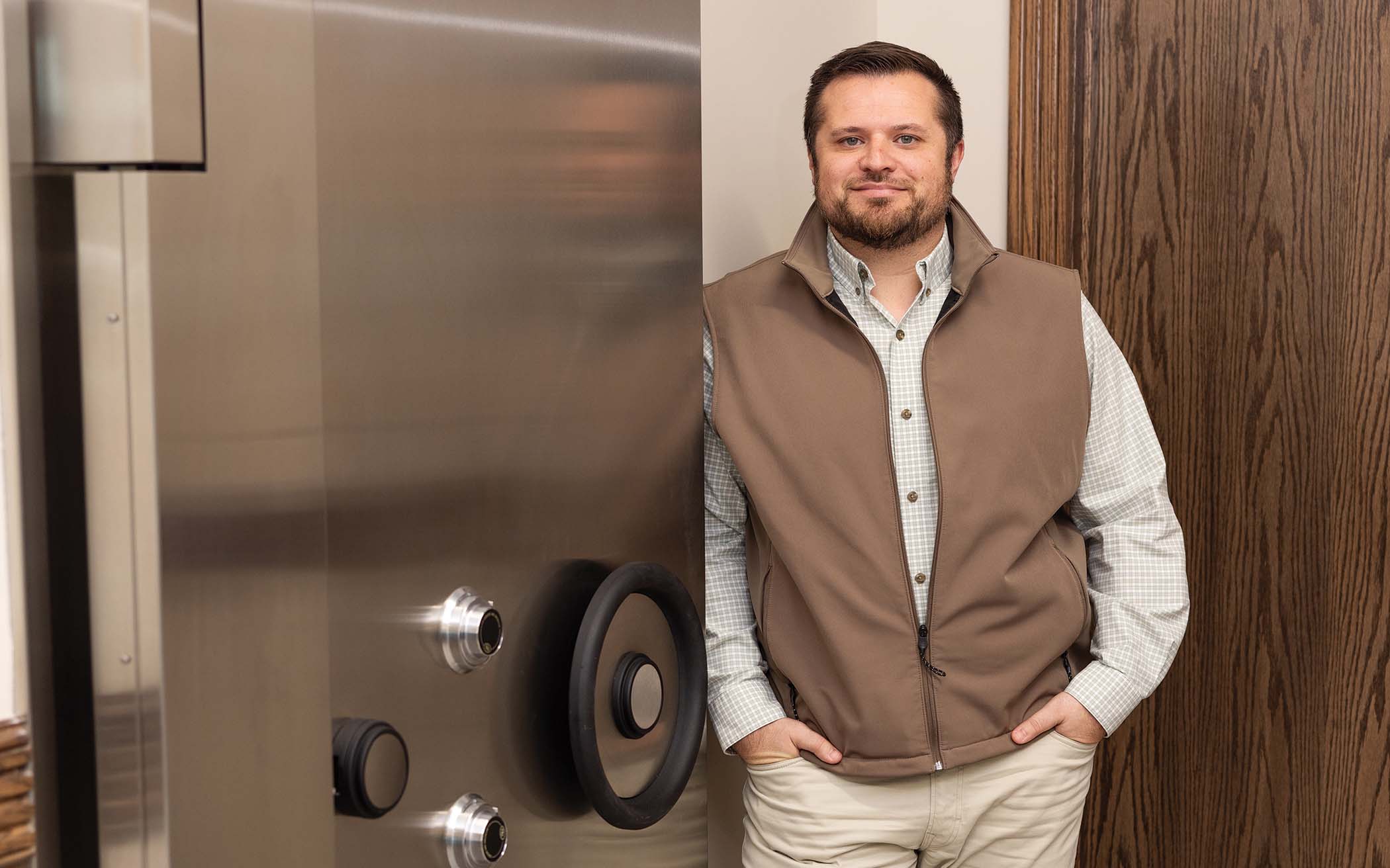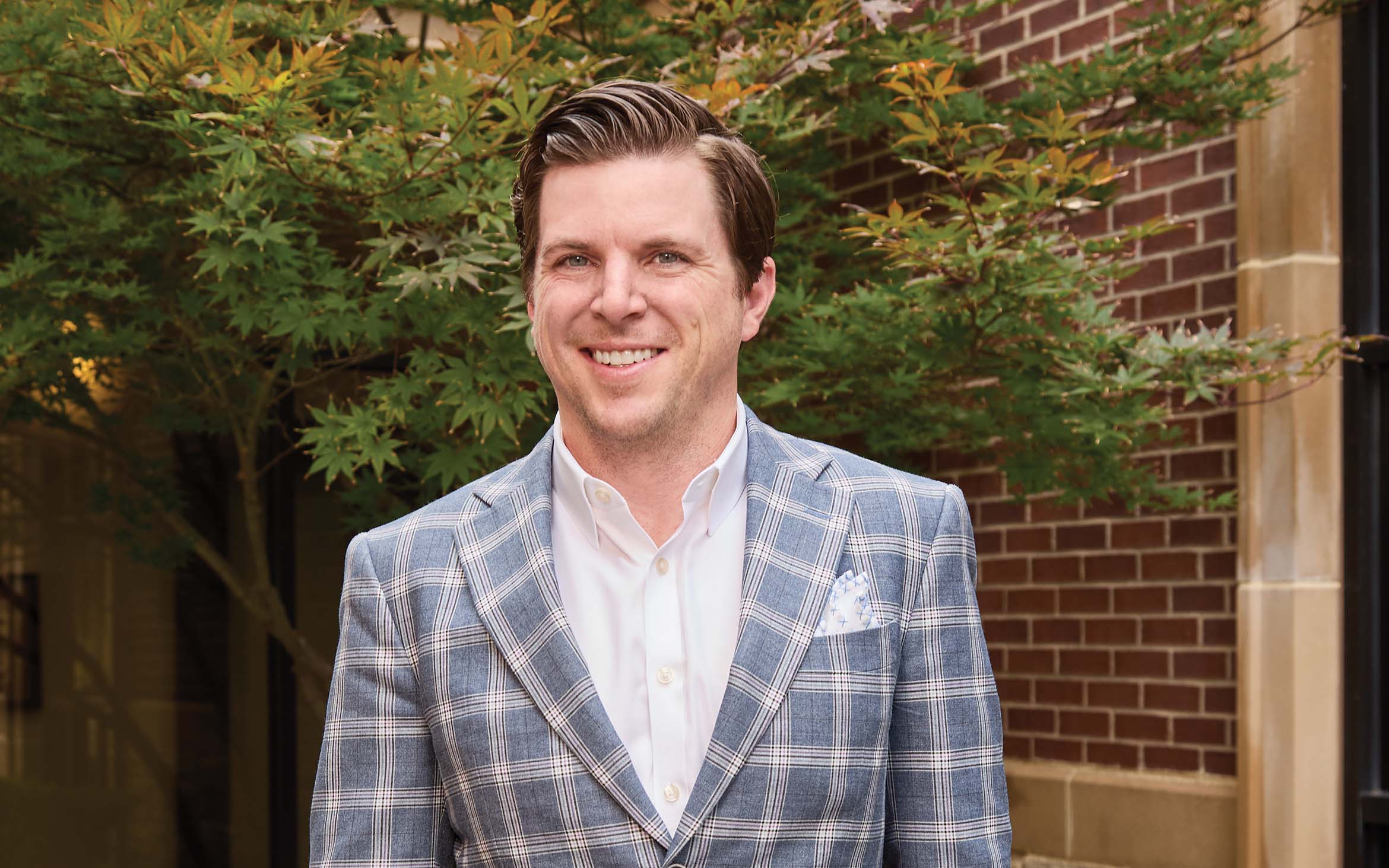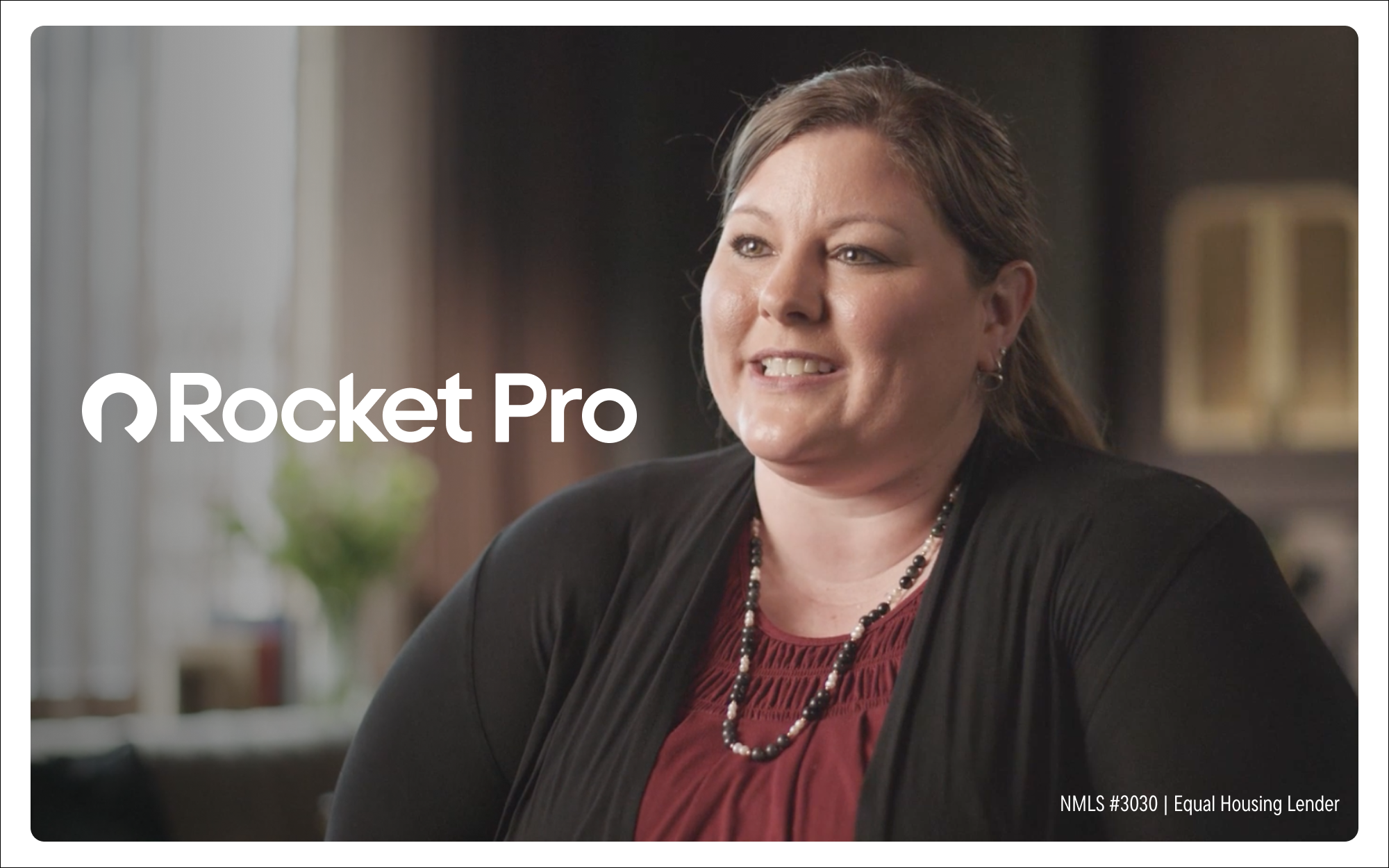Despite the large number of PPP loans distributed to small businesses, funding didn’t always reach those who needed it the most. These community banks are working to fix that through microlending programs.
The benefits of micro-lending programs
February 01, 2022 / By Beth Mattson-Teig
Despite the large number of PPP loans distributed to small businesses, funding didn’t always reach those who needed it the most. These community banks are working to fix that through microlending programs.
One of the harsh realities revealed by the flood of Paycheck Protection Program (PPP) money distributed in 2020 and 2021 is that many businesses and entrepreneurs in need of small-balance loans fell through the cracks. Now, some community banks are launching microlending programs to redress the balance.
The CARES Act of 2020 included a “Sense of the Senate” provision stating that the Small Business Administration (SBA) should issue guidance for lenders about prioritizing underserved groups for PPP loans. These groups include small businesses owned by minorities, women and veterans, as well as businesses located in low-income areas.
“The goal is to get these businesses to become viable and eventually develop relationships with banks that can be lifelong.”
—Jenny Bennett, Summit Bank
But often, the smallest, most vulnerable businesses had the most difficult time qualifying for PPP loans, especially if they had been in business for less than a year or if they only had one or two employees.
“What we saw in PPP wasn’t that businesses didn’t inherently qualify; it was that producing the documentation required to meet the program requirements was a very heavy burden for them,” says Christopher Maher, chairman and CEO of OceanFirst Financial Corp., which operates $12 billion-asset OceanFirst Bank N.A. in Toms River, N.J.
Jenny Bennett, market president at $850 million-asset Summit Bank in Eugene, Ore., saw something similar. “When we were done with rounds one and two of the PPP loans, we realized that this group that was supposed to receive these PPP loans didn’t necessarily get them,” she says.
That realization sparked the idea at Summit Bank to create a microloan program that would target underserved groups in its communities. The bank partnered in early 2021 with Community LendingWorks, a Springfield, Ore., Community Development Financial Institutions Fund, and donated $150,000 of its PPP loan income to fund the new microloan program.
“The goal is to get these businesses to become viable and eventually develop relationships with banks that can be lifelong,” Bennett says.
Creating new partnerships
Small business microlending has traditionally been a tough market to serve for banks of all sizes due to the cost inefficiencies. “There is a lot of time and energy spent, not only making sure that credit decisions are appropriate, but also managing the compliance aspect,” Maher says.
Although the SBA already operates a microlending program, the underwriting standards are similar regardless of whether it is a $5,000 or $50,000 loan. In addition, compliance risk associated with small business loans could become even more difficult if the new Section 1071 rule proposed by the Consumer Financial Protection Bureau regarding small business lending data collection is finalized.
“Compliance is definitely a factor that, unfortunately, seems to be going in the wrong direction and growing in the years to come,” says Michael Emancipator, ICBA’s vice president, regulatory counsel. ICBA has raised a concern that if the government is looking to increase access to credit, especially for startups and entrepreneurs, it should figure out ways to remove compliance burdens and barriers to small business products so that those entities can get access to capital.
Although the surge in PPP lending highlighted a need for loans among underserved borrowers, it also has led to some creative solutions. For example, OceanFirst Bank was one of five financial institutions that partnered to create the Microloan Recovery Program in Philadelphia. The program provided low-interest loans ranging between $3,000 and $25,000 for small businesses that were affected by COVID-19.
The program was created by Univest Bank and Trust Co. in Souderton, Pa., which partnered with OceanFirst Bank; Bryn Mawr Trust in Bryn Mawr, Pa.; Customers Bank in Phoenixville, Pa.; and WSFS Bank in Wilmington, Del. Together, the consortium provided $525,000 in loans to 21 businesses between November 2020 and July 2021.
Microlending is something that OceanFirst has had its eye on for some time, but it didn’t have the systems in place to provide small-balance business loans efficiently.
“When we find organizations in our communities that are able to do those things well, we don’t feel a need to duplicate them,” Maher says. “We would rather invest alongside them in a way that ensures that the dollars get out in the community.”
The bank is also planning to continue technology upgrades in 2022 that will make it easier and more streamlined for small business borrowers to do business with the bank.
Small dollars, big impact
While banks often collaborate when financing a large loan to avoid concentration risk, “the same theory could apply for smaller credit products,” Emancipator says. Banks could pool their resources or leverage the expertise or resources of a bank in a particular location to put capital to work. He notes that community banks could take this path to provide small business microloans more cost efficiently.
During their partnership, Summit Bank and Community LendingWorks provided 19 microloans with an average loan amount of $7,500. Terms were up to five years at an interest rate of 2.0% to 2.5%. It’s not enough money to pivot a business’s operating model, but it can provide critical capital, says Lynn Meyer, director of lending at Community LendingWorks. For example, some borrowers used the money to stock up on product to deal proactively with supply chain issues. “PPP loans helped a lot of folks, but not everyone qualified for those loans,” he says. “So, absolutely there was and is still demand out there.”
Another mission of the Summit Bank program was to provide loans to those businesses that were on a path to viability. Loan underwriting looked at historical financials to make sure those businesses had the ability to survive.
“The goal for any lender is to help the community grow and provide stabilization of capital, but also to be a good steward of the capital that you are asked to deploy,” Meyer says, noting that the bank considers whether the funds would make a significant difference to the company’s survival and its ability to keep people employed.
Summit Bank is also looking at ways it can continue to partner with Community LendingWorks, such as creating a revolving loan program as existing loans are repaid. “We would like for this program to live in perpetuity,” Bennett says, “and we believe that it’s our responsibility as a community bank to help that group of small businesses.”
Subscribe now
Sign up for the Independent Banker newsletter to receive twice-monthly emails about new issues and must-read content you might have missed.
Sponsored Content
Featured Webinars
Join ICBA Community
Interested in discussing this and other topics? Network with and learn from your peers with the app designed for community bankers.
Subscribe Today
Sign up for Independent Banker eNews to receive twice-monthly emails that alert you when a new issue drops and highlight must-read content you might have missed.
News Watch Today

Join the Conversation with ICBA Community
ICBA Community is an online platform led by community bankers to foster connections, collaborations, and discussions on industry news, best practices, and regulations, while promoting networking, mentorship, and member feedback to guide future initiatives.













